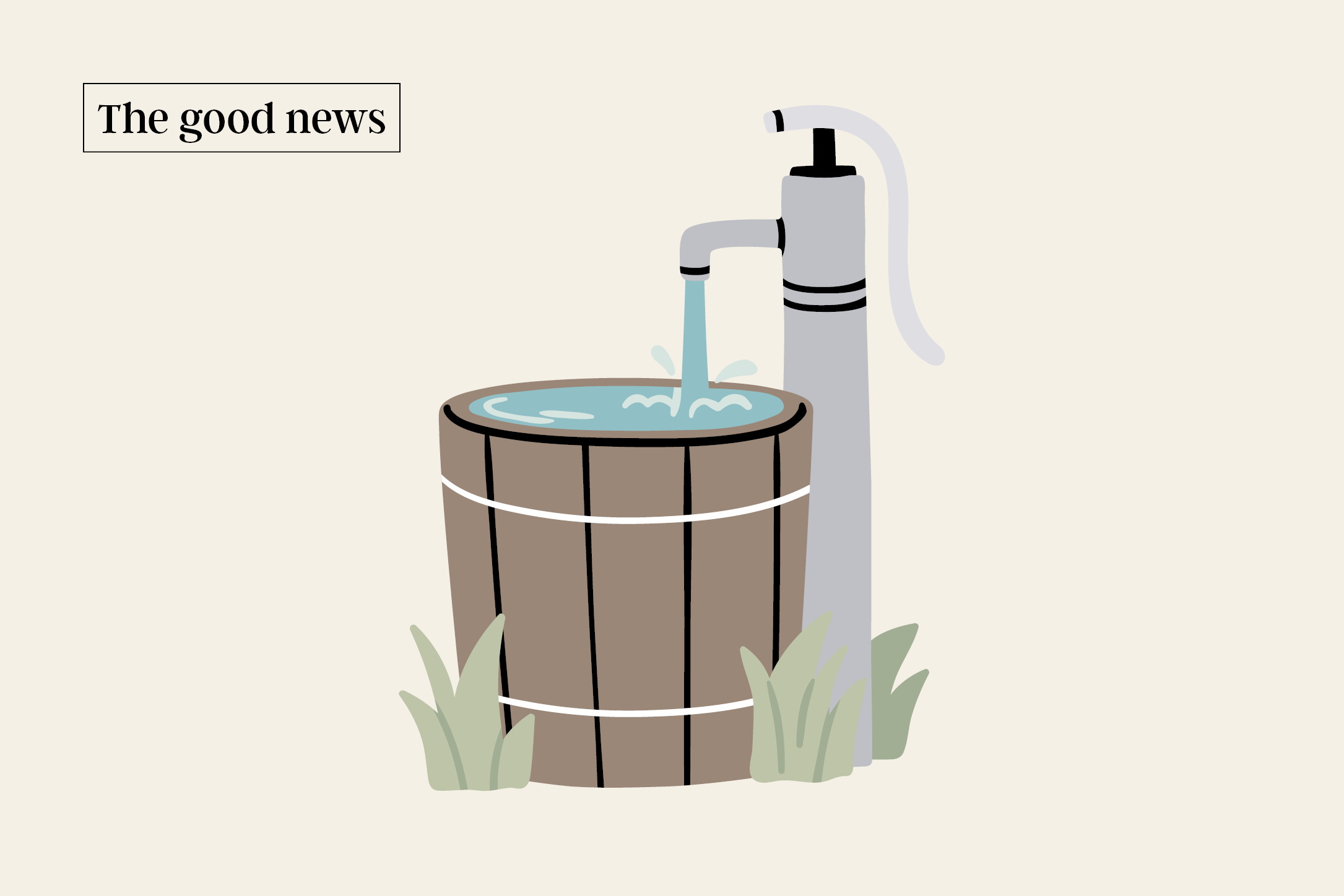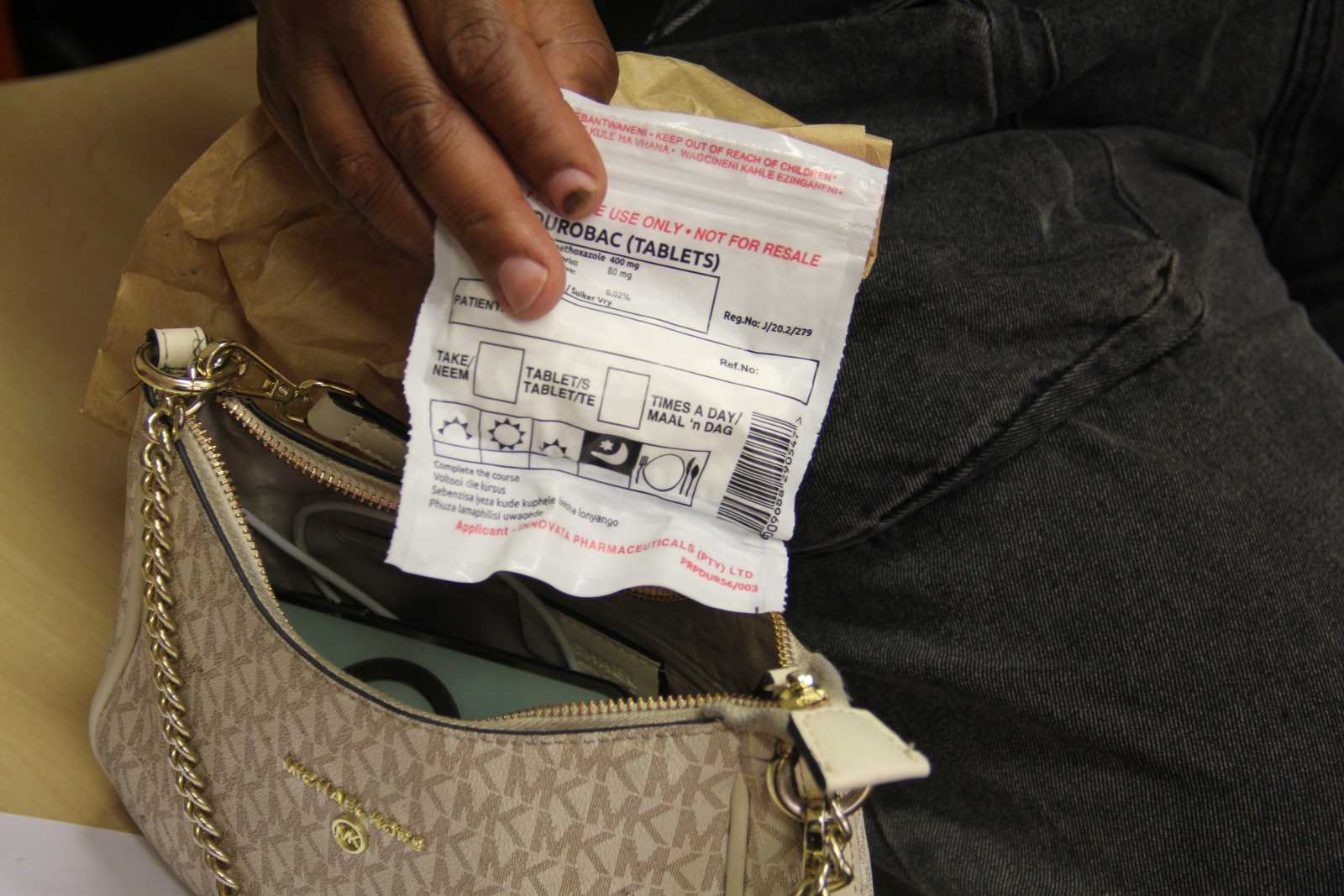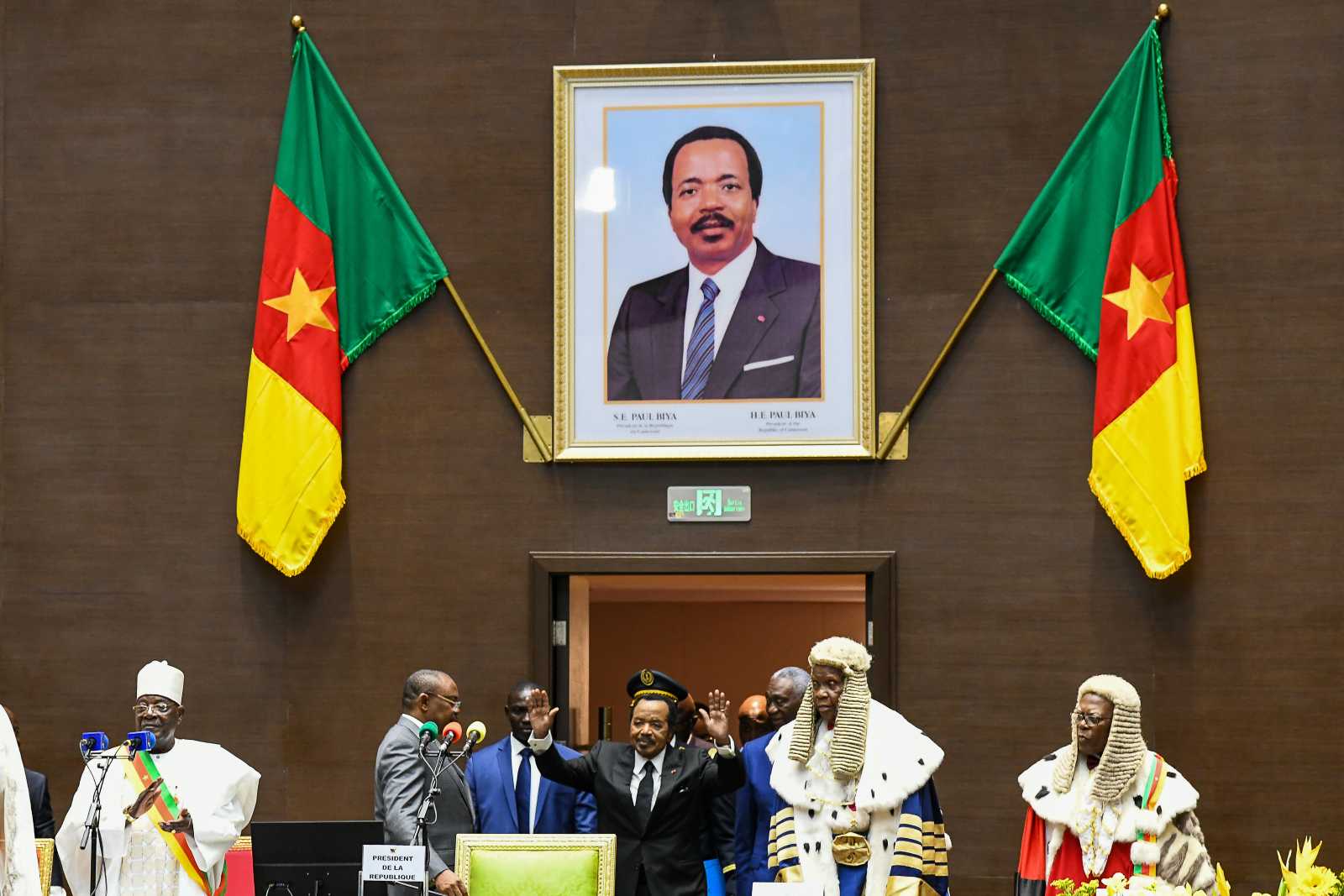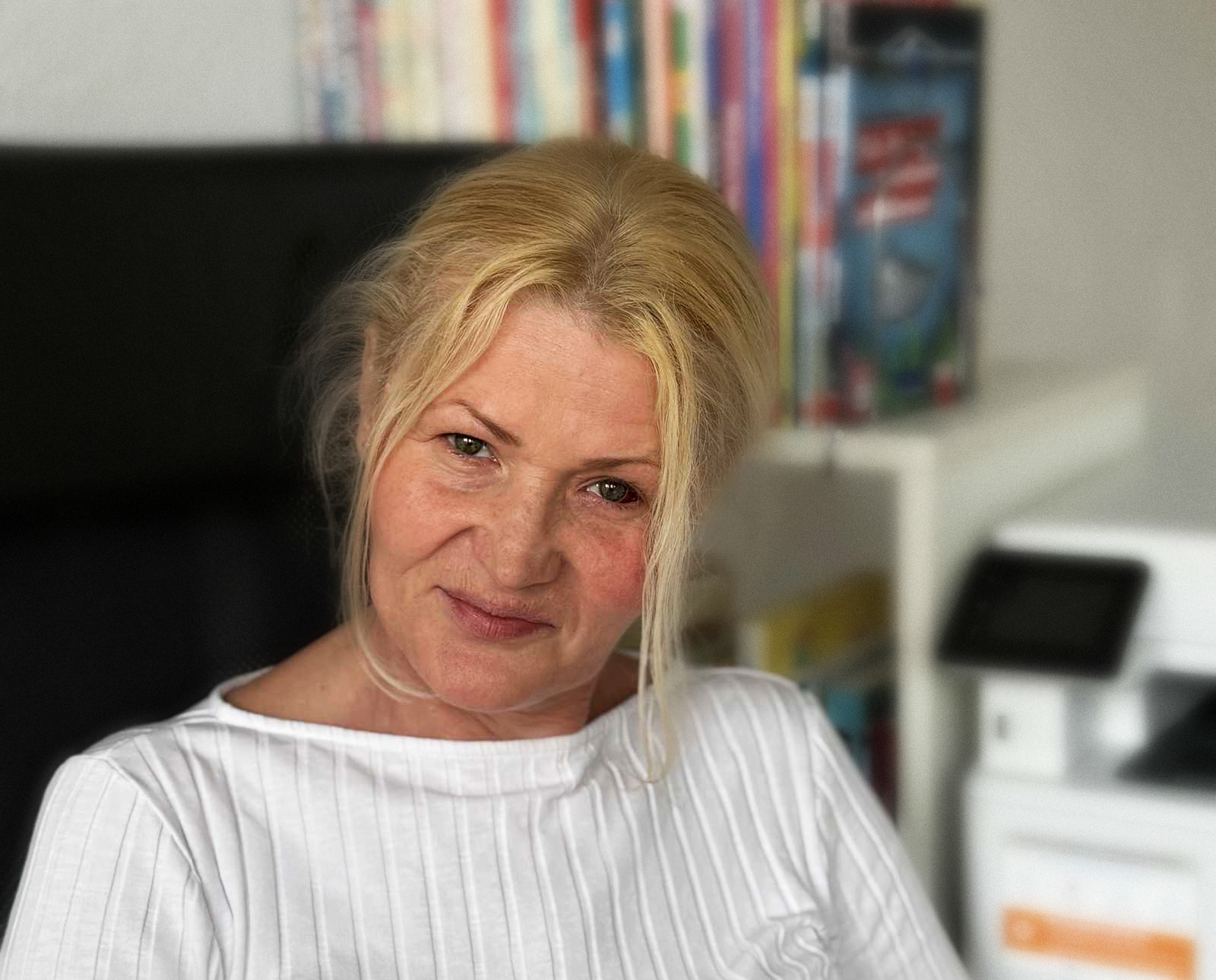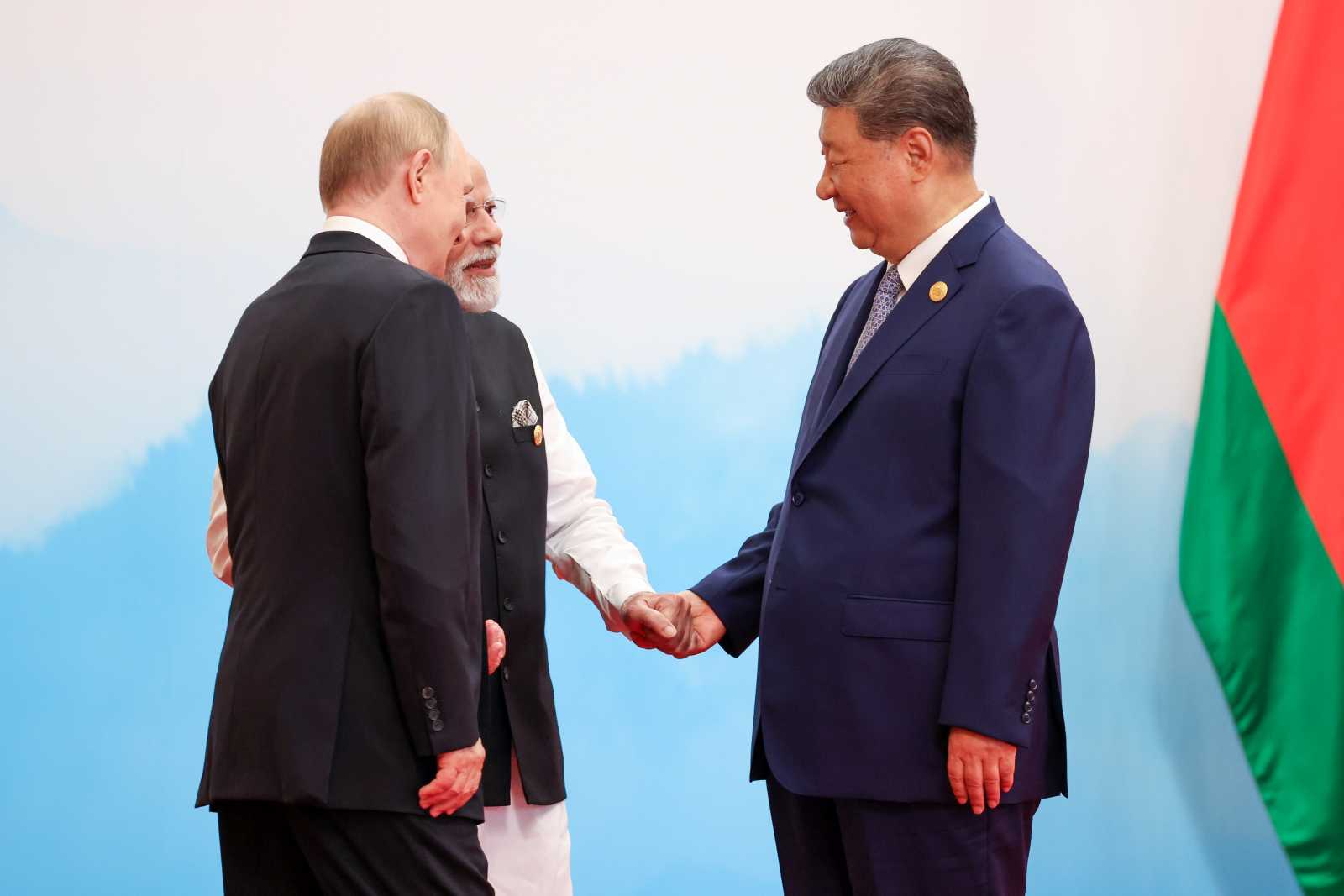Wastage
Thirsty city
By Mirja Michalscheck
Jordan is one of the driest countries in the world. Amman, its capital, is the country’s largest agglomeration with some 2 million people. Private households consume most of the water the conurbation gets. Demand rises as the population grows – and as the standards of living increase.
Urban thirst has consequences far beyond the city limits. Water has to be brought in from increasingly farther away, and it is becoming ever more expensive to tap new sources. Jordan’s current megaproject is the Disi Pipeline with a probable price tag of $ 1.1 billion. On top of that sum, money will be needed for pumping and treating water. An alternative would be desalination of seawater in Aqaba, but that is expensive too.
The cheapest option by far is to reduce water consumption. There is scope for doing so at low cost. Scarcity is not simply a resource problem, but often more a question of management. For my master’s thesis, I researched the potential for savings and how to tap it.
The role of private households
Private households account for 87 % of the water consumption in Amman, so they play an important role in reducing demand. They have a number of options. They can install water regulators on faucets, shower heads and toilet tanks, they can choose efficient washing machines and dishwashers, and they can control how they water their gardens. Awareness campaigns and efficient incentive systems would contribute to getting the general public involved.
There is no single way to motivate everyone, and the savings potentials vary greatly. It therefore makes sense to identify groups of consumers with similar habits and attitudes. Such groups generally live in similar social and economic circumstances. The society can be divided into the upper, middle and lower income groups.
Within these groups, water consumption patterns and, accordingly, savings potentials are comparable. A lot of rich homes have gardens, swimming pools and cars. They also tend to collect rainwater on their relatively large roofs.
An analysis by income groups moreover makes sense because the neighbourhoods are typically dominated by one social group. For instance, the average per capita water consumption in the poor district of Ras El Ain is 49 liters per day, compared with 159 litres in the wealthy Abdoun district – three times more.
Water conservation campaigns and initiatives to promote efficient appliances should consider such data and be tailored to specific communities. Interventions that focus on target groups are more cost-effective.
Big differences
To determine the saving potentials of the individual groups, I conducted household surveys with the support of a local interpreter. We assessed what the households knew about water conservation and what steps they were already taking.
The survey revealed that poor households often conserve water by modifying their behaviour, whereas rich families mainly rely on better technical equipment. The appliances in the bathrooms and kitchens of rich households are expensive and often have water regulators. Likewise, washing machines and dishwashers are only encountered in this group. Poor households often cannot afford such investments and regulate their consumption manually. Microcredits are an option to provide the financial support they need for buying efficient technical equipment which is expensive upfront, but pays off in the long run.
Sometimes, social and cultural prejudices block the adaptation of conservation measures. For instance, a lot of people in the Arab world do not like the idea of re-using waste water. Awareness has to be raised by campaigns and public discussions in order to dispel doubts.
Moreover, the water supply system has an impact on consumption patterns. In Amman, water is supplied by the local utility network only once a week. People store it in metal and plastic tanks on their roofs for use on other days. A tank costs the equivalent of around $ 100, depending on its size and quality. Not everyone can afford the tank volume they need, and there is often not enough space for large tanks in densely populated poor quarters. Poor households use water sparingly to make do with their limited storage capacity.
For richer households, storage is no problem. They often own underground cisterns in addition to rooftop tanks. On average, they can store five times more water than poor households. Since they tend to have fewer members, the per capita water availability differs even more between the two social groups.
Poor people tend to use water sparingly because of the price. Tariff schedules are based on sales volume per household, not per person. Poor families are generally large, so their overall water consumption tends to be relatively high. As a consequence, they do not fall into the subsidised tariff groups for households with low consumption. Despite their low per capita consumption, the share of their income devoted to water is around four percent – four times greater than for rich households. The poorest families even spend 11 % of their income on water.
To rich households, however, water prices hardly matter. They say that religion is a much stronger motivation to use water efficiently. The Koran forbids wastage of water.
To some extent, this consumer group believes it has a social responsibility. Water resources are limited, and each person in the country only has a right to a certain amount of water. Many survey participants said they expected the authorities to tell them what their “fair share” is. They assumed that they had a right to the water they were provided with. There is obvious need for action to tackle this lack of communication.
A quarter less
Programmes targeting specific income groups could lead to great water savings in Amman.
– With financial support, poor families could access efficient technology.
– Information about water distribution would encourage rich households to change their behavior and save more water.
– Awareness-raising campaigns could overcome cultural prejudice.
By implementing this kind of measures, the water consumption of private households in Amman could be reduced by around 25 % – equivalent to some 28 million cubic meters per year. Every cubic meter avoided would also mean that less water is lost in the network. Similarly, less energy would be needed for water purification and pumps. New water sources would not have to be tapped as quickly, and some of the burden could be taken off the overused sources. Compared with setting up new infrastructure, water conservation is quite inexpensive.
